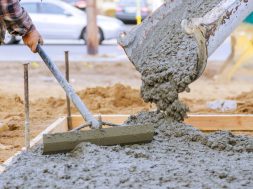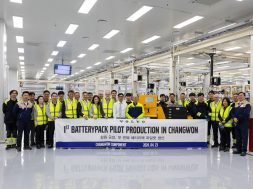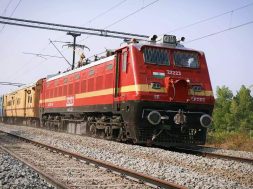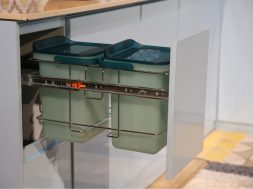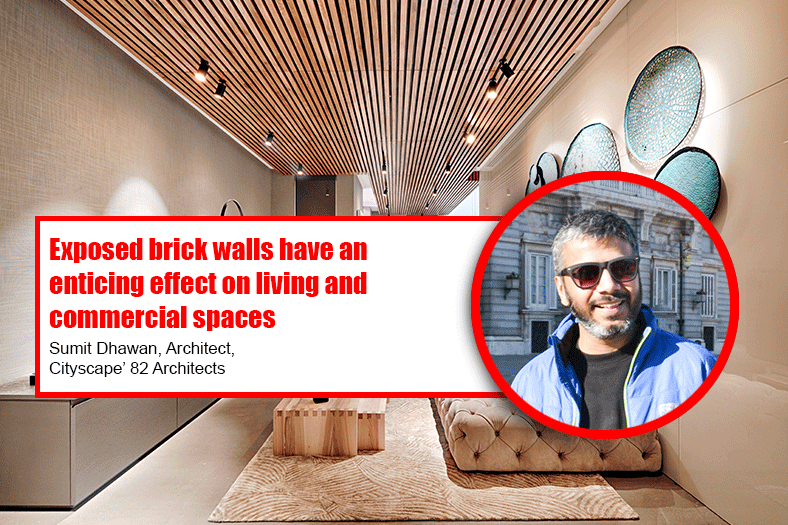Our projects always include a level of ‘Indianness’

In workspace design, we strongly believe that employees need to be able to relate to their office space. The local culture is still influencing the colour choices, material selections, space allocation and privacy levels as well.
In your words, what exactly is workspace design all about?
In India, or anywhere else in the world for that matter, Workplace design should be considered as a tool to enhance how people work in order to meet the company’s objectives in terms of business, work culture, space and brand. Keeping these objectives in mind, considering the local culture is a necessity.
As we get globalised day by day, are we in the midst of an identity crisis in the architecture and design sense?
It is true that, amongst other factors, giant global IT firms have highly influenced the workplace expectations in India. We need to look at this positively; offices in the country have become more human-centered, more sustainable and importance is now given to employees’ wellbeing.
This doesn’t mean that local culture should be ignored. We strongly believe that employees need to be able to relate to their office space. The local culture is still influencing the color choices, material selections, space allocation and privacy levels as well
When it comes to traditional Indian architecture, which project in your opinion is a landmark project?
Our most recent projects take into consideration local traditions and culture but don’t fit in the traditional India design category.
When it comes to contemporary architecture, which project in your opinion reflects the inherent ‘Indianness’ in the present timeline?
Our projects always include a level of ‘Indianness’. Our Booking.com office project in Mumbai, had for main objective to encourage social interaction in the workplace, which was achieved by capturing the essence of the local culture.
M Moser’s conceptual approach involved the formation of distinct themes representative of Mumbai culture, and staging them within a spatial context. Out of this was formed an imaginative journey showcasing a day in the life of a “Mumbaikar”, reminding end-users of the rich, multi-layered ethos that thrives within their global city.
A sequential journey begins from the common areas of the reception, which showcases a typical street market highlighted by authentic novelties such as an ornamented auto rickshaw and a bespoke cut chai glass chandelier in the cafeteria.
Towards the interior, the hard spaces utilise re-purposed shipping containers, inspired by the new Mumbai high-rises using these containers to resolve high-density population housing in the city. Materials have been localised wherever possible, presenting raw finishes and a tactile patina.
The smaller meeting rooms are furnished with magnified photographs highlighting the destinations visited by Booking.com’s employees. These unique features add a personal touch to the space, as well as blurring the line between work and passion. The built-up areas around the open office including the meeting rooms and individual offices draw inspiration from popular holiday destinations, echoing the spirit of exploration and adventure.
Weaving together this visual tapestry, are the impactful “Grunge” super graphics of Bollywood and cricket stars are dispersed throughout the office to resonate “larger than life”, a phrase commonly associated with movie and sports celebrities in India. The graphics also tie together an organic collage that represents the multifaceted culture of Mumbai, using emblems such as prominent architectural relics and the Hindi alphabet as an art form.
How much say will technology have in the future of architecture?
Technology is already an integral part of workplace architecture. It supports collaboration and productivity. Technology is also being used to empower staff to take control of their workplace experience and their own wellbeing.
We often work with our clients and tech partners to develop their own “office App”. These applications enable employees to book seats and view availability of meeting rooms in real-time, access an internal way finding system, order beverages and adjust temperature and lighting in enclosed spaces, etc.
Nowadays, employees are looking for autonomy and more choices when it comes to styles of working. Workplace mobility can only be achieved via the integration of technology; people used to be restricted by the supporting infrastructure such as power, data and connectivity. Now, solutions like the mobile battery technology under floor power used in M Moser’s New York office are beginning to untether people from their proximity to the nearest socket.
Sabina Reddy, Director, M Moser Associates
48
Cookie Consent
We use cookies to personalize your experience. By continuing to visit this website you agree to our Terms & Conditions, Privacy Policy and Cookie Policy.
